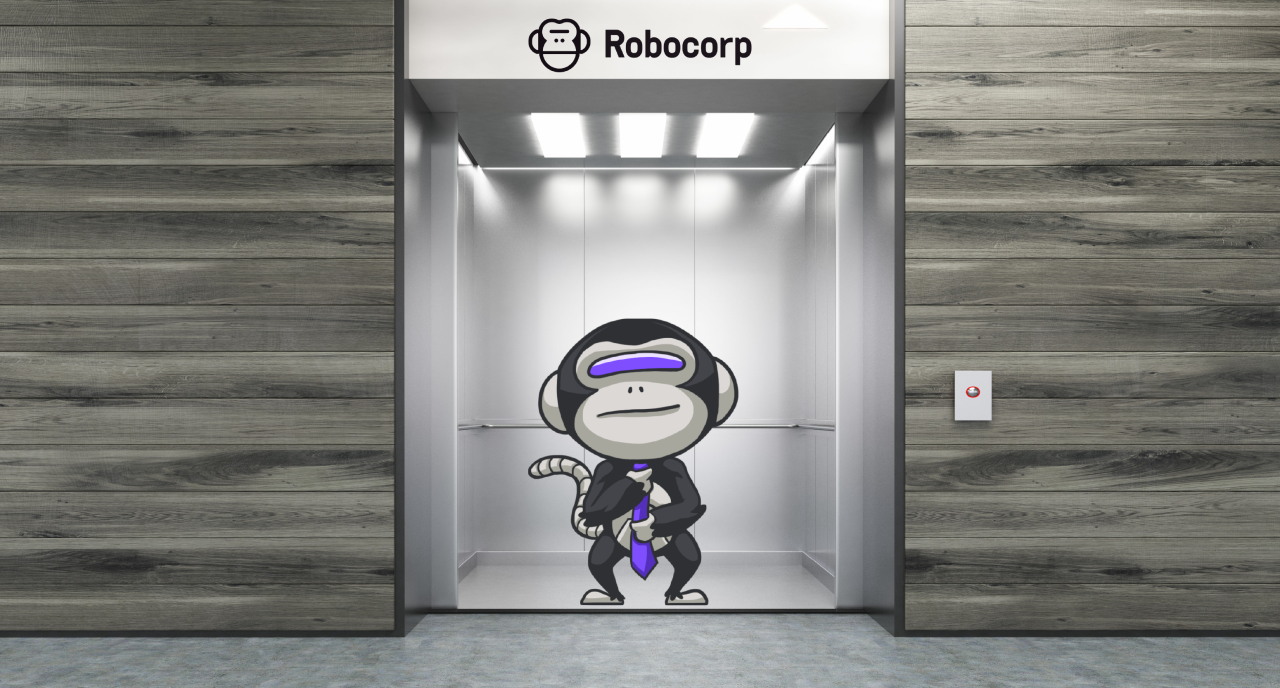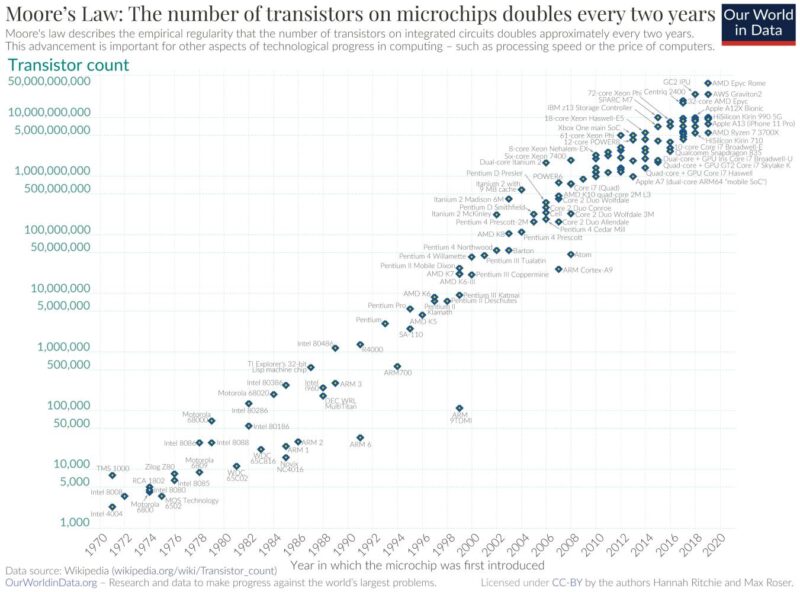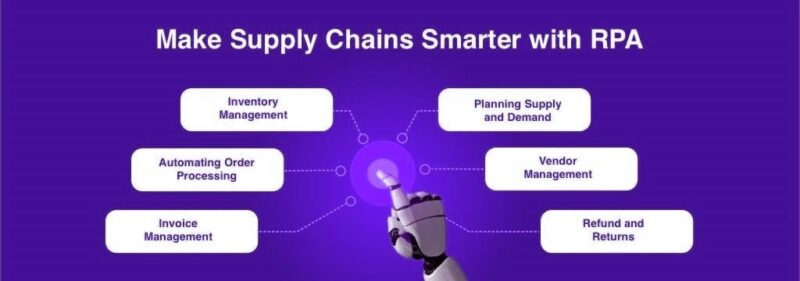Talking About Digital Workers In An Actual Elevator

Let me start by saying I’m not old but I have been around the Silicon Valley block a few times. I’ve now spent the past 20 years of my career in Silicon Valley and during that time I’ve witnessed high-level technological advancements that all have one thing in common: they strive to improve people’s lives rapidly. From the dot com boom to acceptance of the cloud to the development of digital workers, technology has always made things easier, faster and cheaper for people.
Now if you are new to the whole RPA (robotic process automation) digital worker market, here is the basic definition. Digital workers are computer programs that can mimic human behavior and carry out tasks on our behalf. They range from simple bots that automate repetitive tasks to integrating with more complex artificial intelligence (AI) systems that can learn and adapt to new situations.
The reality is most people inside large corporations are impacted by digital workers everyday but might not know it, but for those automation teams that have implemented digital workers, I think its safe to say they have already made a significant impact on our day-to-day business lives.
As Gordon Moore, the co-founder of Intel, famously observed back in 1965, the number of transistors on a microchip doubled about every two years; thus, the cost of computers has halved. “Moore’s Law,” as it is known, has proven to be correct over the past 50 years as technology companies continue to make products better, faster, and cheaper. This has caused massive disruptions in many industries. Still, one thing that is often overlooked is the imGordon Moore, the co-founder of Intel, famously observed back in 1965, the number of transistors on a microchip doubled about every two years; thus, the cost of computers has halved. “Moore’s Law,” as it is known, has proven to be correct over the past 50 years as technology companies continue to make products better, faster, and cheaper. This has caused massive disruptions in many industries. Still, one thing that is often overlooked is the impact on the workload of the workforce.

So last month, I was riding in an elevator. That’s right – I was actually in an office building in San Francisco, not on a zoom call. I ended up in one of those conversations where I was asked what the company I work for does.
While I could have explained that we are a Robotic Process Automation company that provides software bots that improve business processes, I chose to deliver a less technical response and talked about how we bring digital workers to life for our customers.
Our conversation continued around specific digital worker use cases as we jumped off the elevator. From loan processing to employee onboarding, I said, companies are rapidly adopting digital workforces to improve business processes.
As it turns out that the man I was speaking with works for a subsidiary of a large retail company, and most of our conversation then turned to supply chain management and the struggles his team has with purchase order processing. Now his company has five distribution centers worldwide. Ordering additional products is done manually once a week by each distribution center and is sent for approval to a central PO team at their HQ which as my new elevator friend pointed out was not ideal. He explained how their internal process caused delays in ordering and ultimately caused issues for their consumers.

We expanded our conversation about how digital workers can be trained to identify when supplies are low and automatically process purchase orders for approval by their central HQ team. I said in his case that having a digital worker is like having a digital point guard that automatically passes PO’s over to the right team members in near real-time. Turns out he is a Los Angeles Lakers fan like me and let me just say we both agreed it was a rough season.
He went on to say that using digital workers to facilitate POs when supplies are low would probably save his human workers hundreds of workforce hours every month.
Wrap Up
At this point nearly everyone I speak with about robotic automation almost always comes up with a scenario where digital workers could solve several of their real-world business problems.
The bottom line is that digital workers are becoming more and more ubiquitous as technology improves and companies are starting to realize the potential benefits.
As a result, I expect we will see a rapid acceleration in the adoption of digital workers over the next few years as companies strive to remain competitive and improve thedigital workers over the next few years as companies strive to remain competitive and improve their bottom line.